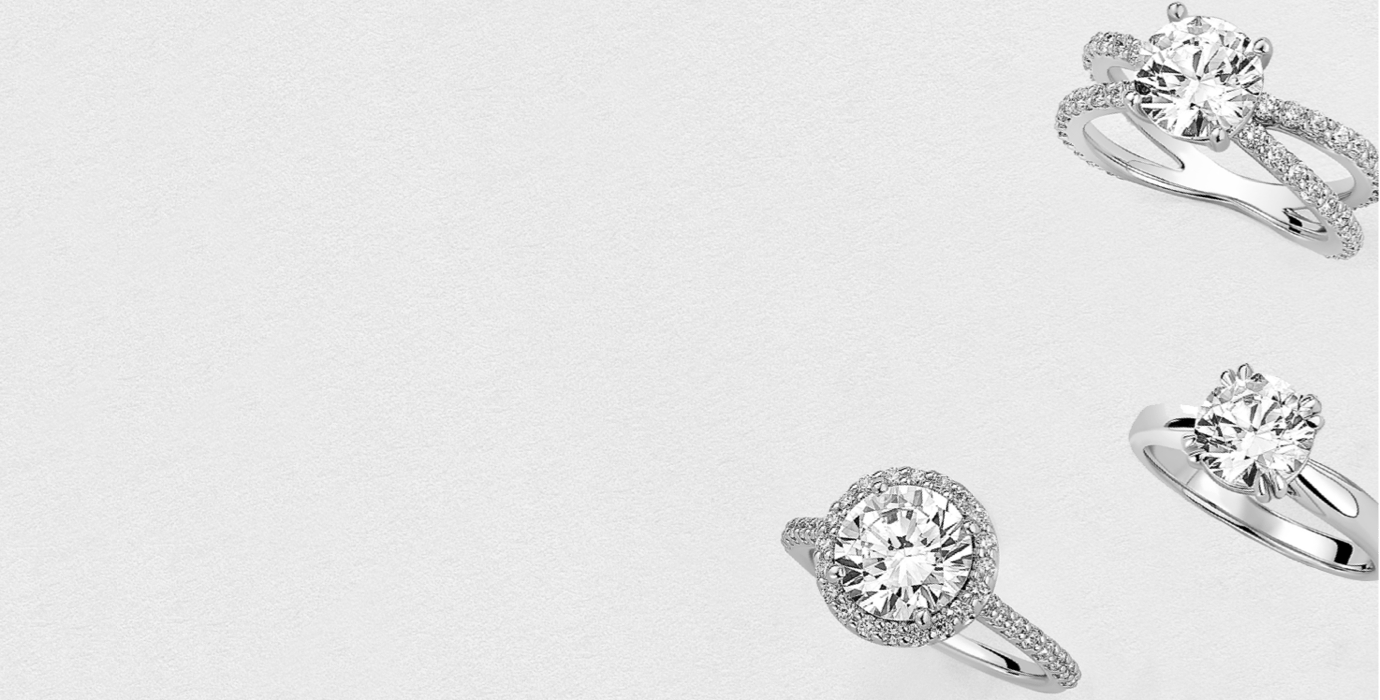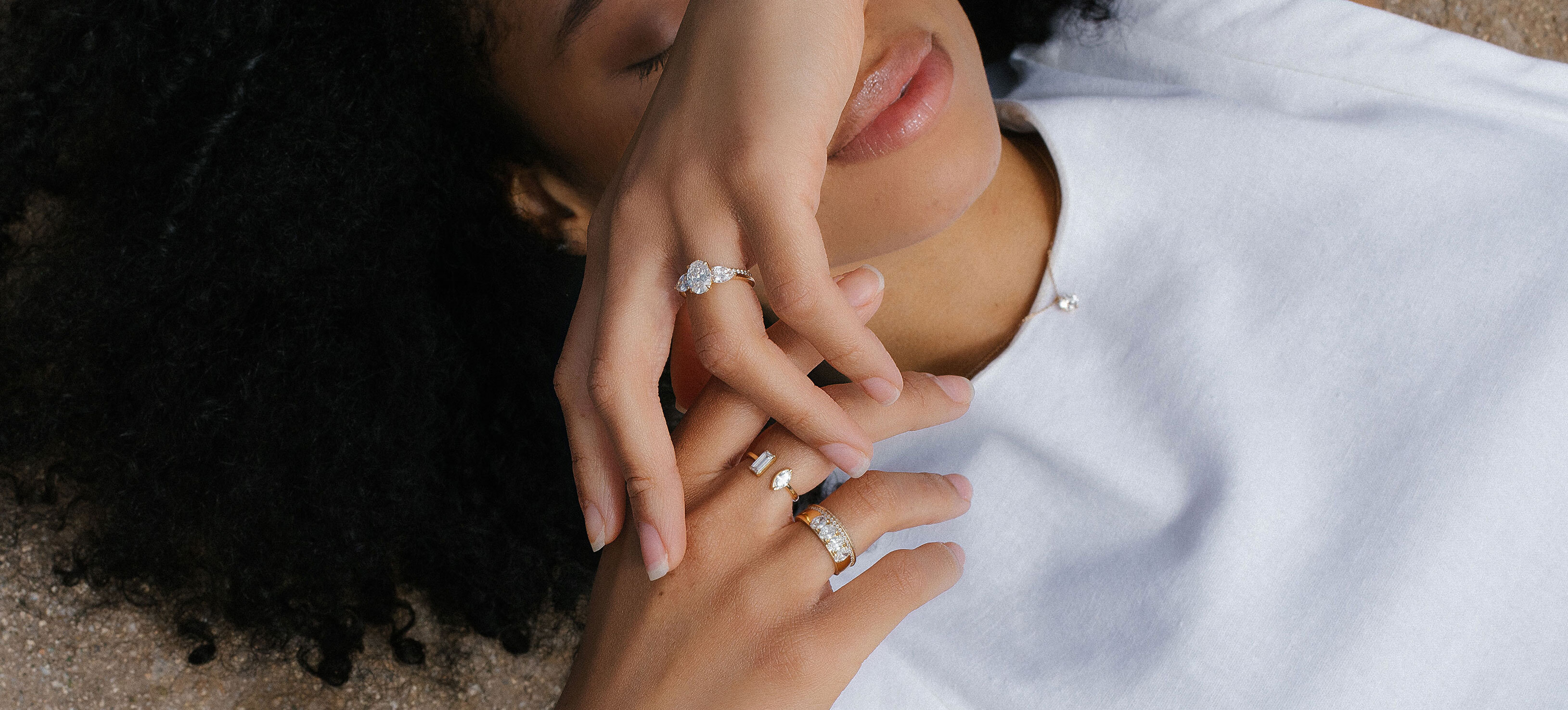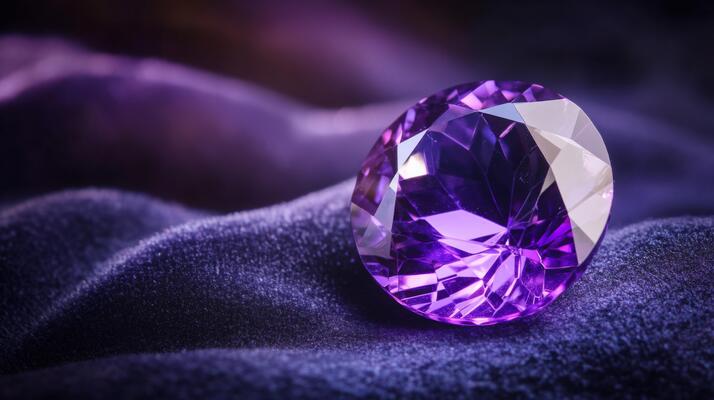How to Measure Lab Diamond Ring Size: A Complete Guide

Introduction: Why Proper Ring Size Matters
Hey there! So, you’ve decided to invest in a stunning lab diamond ring—exciting times! But wait, do you know the right size? Getting the perfect fit is super important for comfort and style. An ill-fitting ring can lead to discomfort or, worse, it might slip off when you least expect it. No one wants to lose a precious gem! In this guide, we’ll walk you through everything you need to know about measuring your ring size accurately.
Understanding Ring Sizes
Different Measurement Systems
Before diving into the measurement methods, it’s crucial to understand that ring sizes can vary significantly depending on where you are in the world. Most countries use either the US system, which is a numeric scale, or the UK system, which uses letters. This variation can be a bit confusing, so let’s clear it up!
Common Ring Size Charts
You can usually find ring size charts online that how to measure lab diamond ring size conversions between different systems. For example, a US size 7 corresponds to a UK size N. Make sure to have a chart handy for reference!
Tools You’ll Need to Measure Your Ring Size
To get started, you’ll need a few simple tools. Don’t worry; you won’t need anything fancy!
Printable Ring Size Chart
You can easily find and print a ring size chart online. This chart will serve as a guide when you’re measuring your size.
Measuring Tape or Ruler
A flexible measuring tape is ideal, but if you don’t have one, a ruler will do the trick. Just be sure to use it correctly!
String or Paper Strip
If you don’t have a measuring tape, a piece of string or paper strip can also help you measure your finger size. You’ll just need to mark where the string overlaps.
Methods for Measuring Your Ring Size
Ready to find out your ring size? Here are a few tried-and-true methods that are super easy to follow!
The String Method
This is a straightforward and effective method for measuring your ring size.
Step-by-Step Guide
- Get a piece of string or paper strip: Make sure it’s long enough to wrap around your finger.
- Wrap it around your finger: Position it where you want the ring to sit—usually at the base of your finger.
- Mark the spot: Use a pen to mark where the string overlaps.
- Measure the length: Lay the string flat and measure the length with a ruler in millimeters.
- Find your size: Use a ring size chart to convert the measurement to your ring size.
Using a Measuring Tape
If you have a measuring tape, this method is even simpler.
Step-by-Step Guide
- Wrap the measuring tape around your finger: Just like the string method, make sure it sits comfortably at the base of your finger.
- Read the measurement: Note the measurement in millimeters.
- Convert the size: Again, use a ring size chart to find your corresponding ring size.
Using a Ring Size Chart
If you already have a ring that fits perfectly, you can use that to measure your size!
Step-by-Step Guide
- Find a ring that fits: Choose a ring that you know fits well on the finger you want to measure.
- Place it on the chart: Position the ring over the circles on the printed size chart until you find the best fit.
- Record the size: Note the size next to the circle that fits your ring.
Tips for Accurate Measurements
Consider Temperature and Time of Day
Did you know that your fingers can swell or shrink depending on temperature? It’s true! Measure your finger when it’s at a normal temperature—avoiding extreme heat or cold for the most accurate reading.
Measure Multiple Times
It never hurts to double-check! Measure your finger size a couple of times throughout the day and take the average for the best accuracy.
Lab created diamonds are a revolutionary alternative to natural diamonds, offering the same stunning beauty and quality at a more accessible price. Produced in controlled environments using advanced technology, these diamonds are chemically and physically identical to their mined counterparts.
What to Do If You’re Between Sizes
So, what happens if your measurements leave you between two sizes? Don’t worry; there are ways to handle this!
Choosing the Right Size
If you find yourself between sizes, it’s usually best to go with the larger size. This allows for comfort, especially since your fingers can swell in hot weather or during physical activities.
Considering the Ring Style
Different ring styles fit differently. For instance, wider bands tend to fit tighter than thinner ones. So, if you’re opting for a wide band, you might want to size up a bit.
What If You’re Buying a Lab Diamond Ring as a Gift?
Buying a ring for someone else? That’s a whole different ball game! Here are some sneaky ways to find out their size.
How to Sneak a Measurement
Try borrowing a ring they already wear on the intended finger. Just remember to return it quickly before they notice it’s gone!
Using a Standard Ring Size
If you can’t get a measurement, consider asking their friends or family for help. They might know the ring size or have ideas for getting it without spilling the beans.
Conclusion: Finding the Perfect Fit
Measuring your lab diamond ring size doesn’t have to be a daunting task! With the right tools and methods, you can find the perfect fit in no time. Remember to measure accurately, consider the style of the ring, and if you’re gifting, get a little creative in your approach. After all, the right size means the difference between a comfortable, beautiful ring and a potential disaster. Happy measuring!






